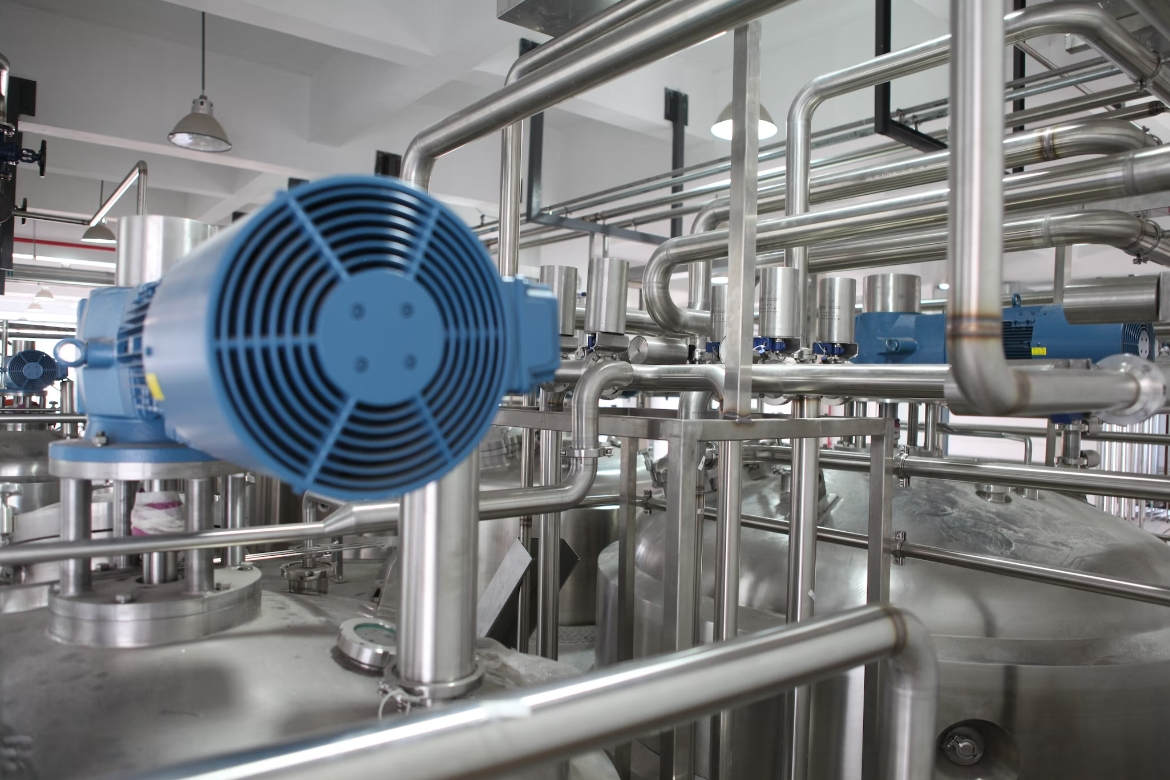What Are You Looking For?
Comparison of silicone defoamer and non-silicon defoamer
Nov 22, 2023Silicone defoamer to modify the material of polysiloxane as the key ingredient, and non-toxic food grade stainless steel thickener, thickener, thickener, the selection of special process made of microbial plasticity defoamer.
Non-silicon defoamer is a kind of high carbon steel alcohol-ether moisturizing emulsion which can contain organic silicon material completely. The key is to use nitrogen compound chemicals, high carbon steel alcohols and esterification reactants through unique processing technology.
Difference in main uses: non-silicon defoamer is mainly used in the paper industry and other manufacturing industries where silicone defoamer cannot be used.
Silicone defoamer is suitable for industrial production cooling circulating water, sewage treatment, circuit board cleaning, metal cutting fluid, metal material cleaning, diesel production and processing grinding fluid, partial alkali cleaning fluid demulsification. The other is suitable for textiles, printing and dyeing plants, emulsion polymerization, civil cleaning, various pearlescent powder and low-block building coatings.
The key difference between the two is that the specific chemical substances are not the same. The advantage of non-silicon defoamer is that it dissolves in oil and does not harm the release of diesel gas. Non-silicon defoamer has better long-term defoamer, and silicone defoamer breaks milk quickly in an instant, but the tolerance must be observed in advance, and the actual defoamer used should be determined according to actual requirements. Non-silicon defoamer, such as ANTIFOAM organic chemical polyether defoamer, is highly recommended for ongoing water-based management systems. In view of the requirement of a quick demulsification, it is strongly recommended to use ANTIFOAM silicone defoamer, such as organic chemical silicone defoamer. The selection of defoamer must take into account the problem of adaptation of the management system, if the management system is completely not modest, it will lead to serious shrinkage of the coating, if the compatibility mode with the management system is too good, the demulsification effect will be reduced.

(1) A wide range of applications: because of the unique organic chemical structure of methyl silicone oil, it is neither miscible with water or chemicals containing optically active groups, nor with nitrogen compounds or organic compounds containing hydrocarbon groups. Because methylsilicone oil is insoluble to various chemicals, it has a wide range of applications, both in the water management system for demulsification and in the oil management system.
(2) Small interfacial tension: the surface working capacity of methyl silicone oil is usually 30-23 dyne/cm, which is smaller than the interfacial tension of water (76 dyne/cm) and the usual foaming liquid, and the breaking efficiency is good
(3) Good heat resistance: Taking the common dimethyl silicone oil as an example, it can withstand 130 ° C in the long term, and can withstand about 400 ° C in the short term, and its Si-O bond is not dissolved. This ensures that the silicone defoamer can be applied in a wide temperature range.
(4) Good organic chemical reliability: Because the Si-O bond is stable, the organic chemical reliability of methyl silicone oil is very high, and there is no way to produce exothermic reactions with other chemical substances. Therefore, if the configuration is effective, silicone defoamer can be used in management systems containing acids, bases and salts.
(5) Physiological plasticity: methicone has been proven to have no toxic side effects on humans and animals, and its semi-lethal use exceeds 23 g /kg. Therefore, silicone defoamer (in the combination of non-toxic thickening agents, etc.) can be safely used in industrial production of food, diagnosis and treatment, pharmaceutical and skin care products.
(6) Good breaking power: silicone defoamer can not only reasonably eliminate the foam that has long been converted into, but also significantly inhibit the foam and avoid the conversion of foam into. Its demand is very small, if you add one millionth of the net weight of the bubble material (1ppm), that can cause the actual effect of breaking milk. The common range is 1 to 150 PPM. It is not only low cost, but also does not pollute the environment by breaking the milk of chemicals.